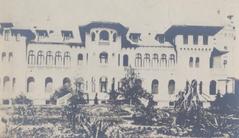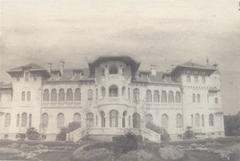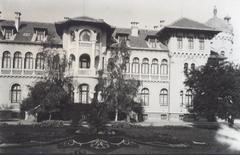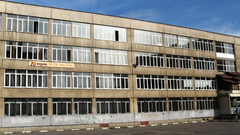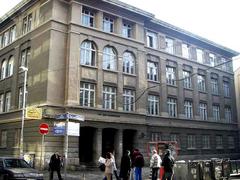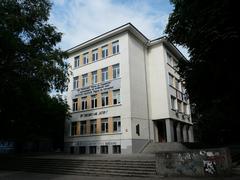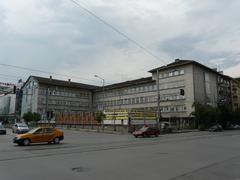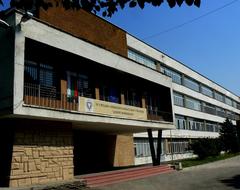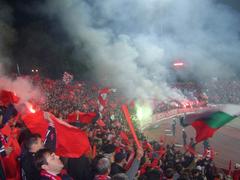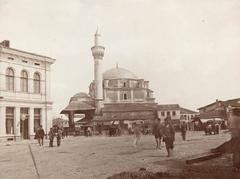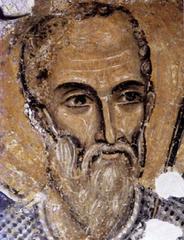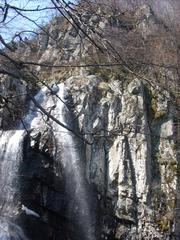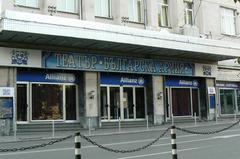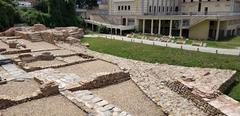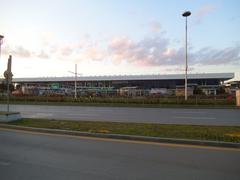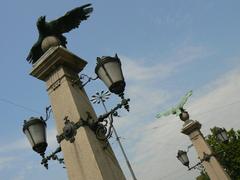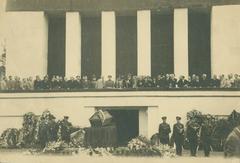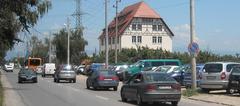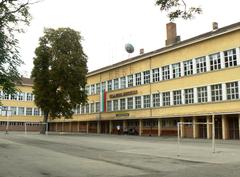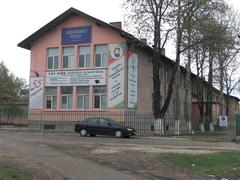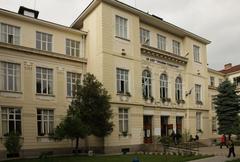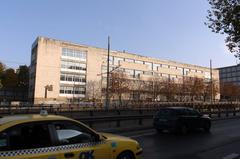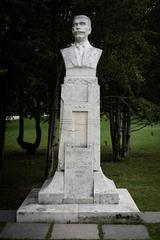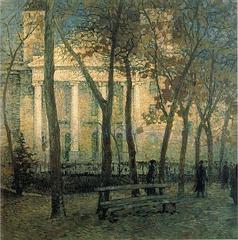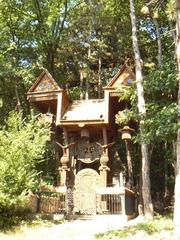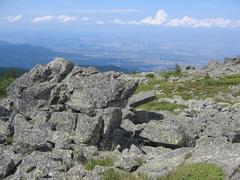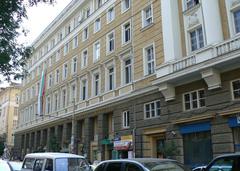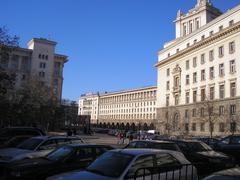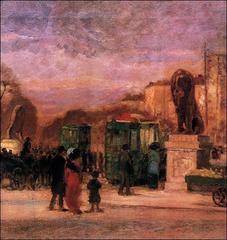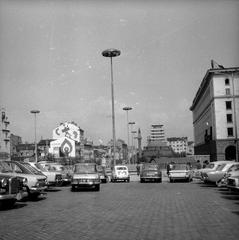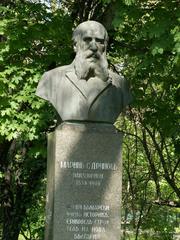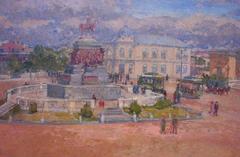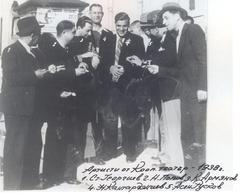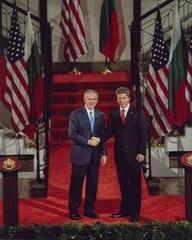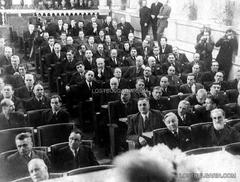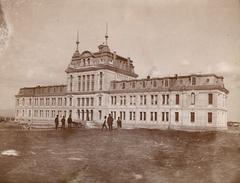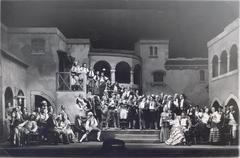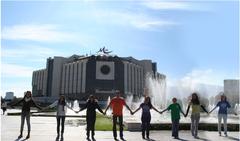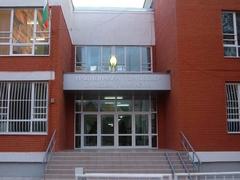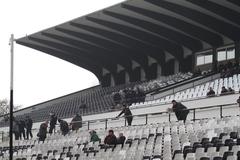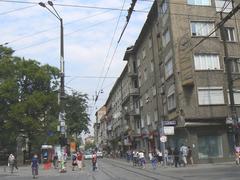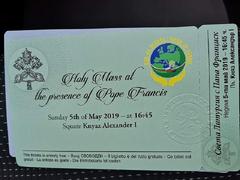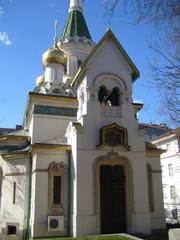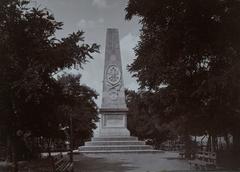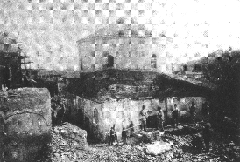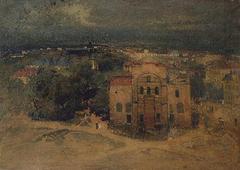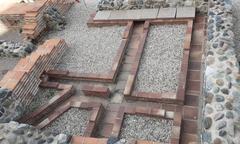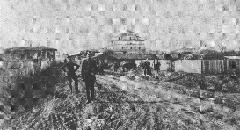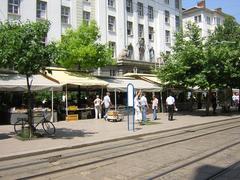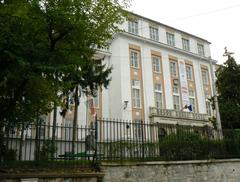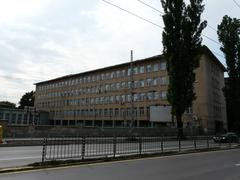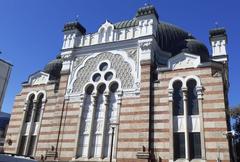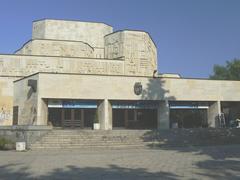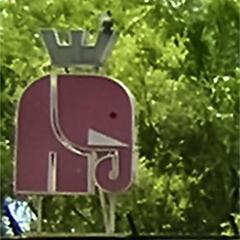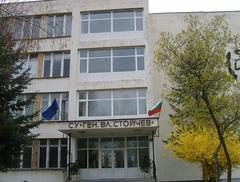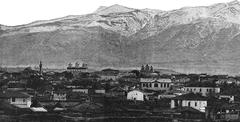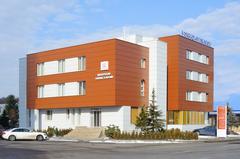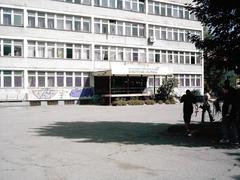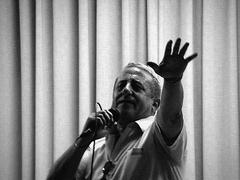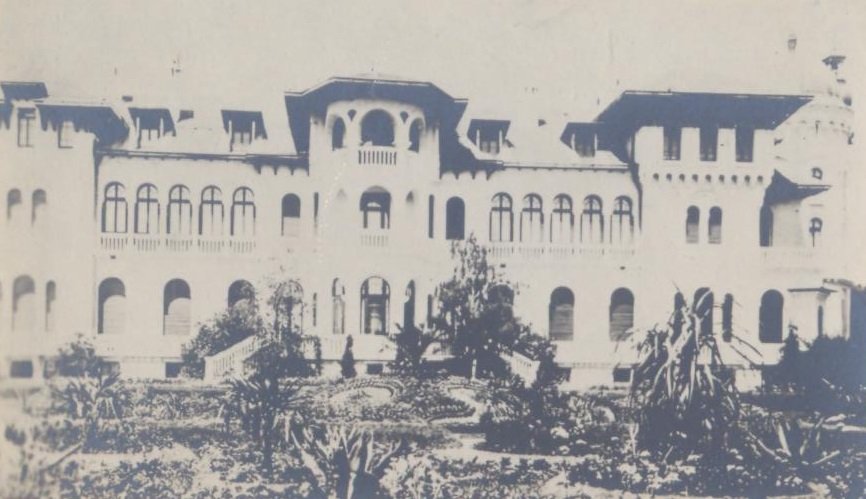
Vrana Palace: Visiting Hours, Tickets, and In-Depth Tourist Guide to Sofia’s Royal Estate
Date: 15/06/2025
Introduction
Vrana Palace, located on Sofia’s southeastern outskirts, is a symbol of Bulgaria’s royal heritage, architectural sophistication, and botanical abundance. Evolving from an Ottoman governor’s estate in the late 19th century to the cherished country residence of Bulgaria’s royal family, Vrana Palace reflects a blend of Neo-Baroque, Art Nouveau, and neo-Byzantine styles. The palace and its expansive park, home to one of Bulgaria’s most diverse botanical collections, offer a living record of the nation’s political, cultural, and scientific evolution.
Following periods of decline during the communist era, extensive restoration has revived Vrana Palace and Park, welcoming visitors eager to explore Bulgaria’s royal legacy, architectural treasures, and lush landscapes. This comprehensive guide provides essential details on visiting hours, ticket options, accessibility, transportation, and nearby attractions, as well as historical context and travel tips.
For the latest updates, visit the official Vrana Palace website and the Park Vrana Official Site. For further travel resources, see travel2next.com, dvoretz-vrana.bg, and bulgariatravel.org.
Table of Contents
- Historical Overview
- Visiting Vrana Palace: Practical Information
- Notable Features and Historical Artifacts
- Vrana Palace in Sofia’s Heritage
- Visitor Experience and Tips
- Frequently Asked Questions (FAQ)
- Restoration Efforts at Vrana Palace
- Vrana Park: Botanical and Landscape Significance
- Visuals and Media
- Plan Your Visit and Stay Connected
- References and Official Links
Historical Overview
Early Origins and Construction
Vrana Palace’s origins trace to the estate of the Ottoman governor of Sofia, which after Bulgaria’s liberation in 1878 became royal property. The name “Vrana” (meaning “crow”) reflects local wildlife and the estate’s natural setting. Under Tsar Ferdinand I, the estate was transformed into a royal residence, with construction and landscaping beginning in 1899 and major palace works completed by 1912 (travel2next.com).
Architectural Evolution and Royal Significance
The palace was built in Neo-Baroque and Art Nouveau styles, with later influences from Secessionist and neo-Byzantine trends. Its main residence, stables, greenhouses, and auxiliary buildings are set within a meticulously landscaped park (travel2next.com). Vrana served as the primary country retreat for the royal family—Tsar Ferdinand I, Tsar Boris III, and Tsar Simeon II—hosting both private and state functions. The interiors showcase imported furnishings, fine art, and elaborate woodwork, while the gardens were designed with input from renowned European horticulturists.
Historical Events and Political Transformations
Vrana Palace was the backdrop for many 20th-century royal events and state ceremonies. After the monarchy’s abolition in 1946, the property was nationalized and repurposed for state functions, leading to the loss of many original furnishings and a period of neglect.
Decline, Preservation, and Modern Status
Decades of underfunding left Vrana Palace in disrepair (travel2next.com). In 1998, ownership was partially restored to the royal family, and the estate was designated a cultural monument of national significance. Since then, restoration efforts have made the park and, on occasion, the palace accessible to the public (official Vrana Palace website, bulgariatravel.org).
Visiting Vrana Palace: Practical Information
Visiting Hours and Days
- Palace Park: Open to individual visitors on Saturdays and Sundays from 10:00 AM to 4:00 PM.
- Group Visits: Available on Wednesdays and Thursdays by appointment (minimum 15 people).
- Palace Interior: Generally closed due to ongoing restoration; occasional organized group tours may be available. Check the official site for updates.
Tickets and Admission Prices
- Adults: 5–10 BGN (depending on access; palace interior tours may incur extra fees)
- Students and seniors: 5 BGN
- Children and pensioners: Free entry to the park
- Guided tours: Additional fee; recommended to book in advance during peak periods
Tickets are available at the entrance or online via the Park Vrana Official Site.
Accessibility
The park features wheelchair-accessible paths and ramps at major entrances, though some historical buildings remain less accessible. Visitors with special needs should contact the administration ahead of time.
Transportation and Getting There
- By Public Transport: Bus 505 runs hourly (weekends and holidays, April–October) from Orlov Most (Eagles Bridge). Additional bus lines (5, 6, 7) serve the area from Tsarigradsko Shose Metro Station and Gara Iskar.
- By Taxi: 15–20 BGN from central Sofia.
- By Car: On-site parking available; GPS: 42.6517° N, 23.3670° E.
Nearby Attractions
- Boyana Church: UNESCO site with medieval frescoes
- National History Museum: Bulgaria’s largest historical collection
- Borisova Gradina Park: Sofia’s central public garden
- Sofia Zoo: Family-friendly destination
Notable Features and Historical Artifacts
Vrana Palace’s main residence boasts ornate facades, grand staircases, and restored period interiors. While many original artifacts were lost, some have been recovered and are displayed during special events. The park features over 400 species of trees and shrubs, lakes, rock gardens, and remnants of the former royal zoo (visitsofia.bg). The chapel and royal crypt, recently restored, are focal points for historical reflection (The Investiture).
Vrana Palace in Sofia’s Heritage
As a private royal retreat distinct from Sofia’s urban palaces, Vrana reflects Bulgaria’s transition from Ottoman rule to modern European monarchy. Its history embodies national aspirations and artistic achievement, symbolizing cultural continuity through turbulent times.
Visitor Experience and Tips
- Guided Tours: Available for deeper historical context; inquire ahead.
- Photography: Permitted outdoors; restrictions apply indoors.
- Events: Seasonal exhibitions, classical concerts, and special ceremonies are occasionally held.
- Best Time to Visit: Spring and autumn for vibrant gardens; early mornings for tranquility.
- What to Bring: Comfortable shoes, sun protection, water.
Frequently Asked Questions (FAQ)
Q: What are Vrana Palace’s visiting hours?
A: Generally open weekends 10:00–16:00; interior access subject to restoration.
Q: How do I buy tickets?
A: At the entrance or online via the Park Vrana Official Site.
Q: Is the palace wheelchair accessible?
A: The park is accessible; some palace areas may have limitations.
Q: Are guided tours available?
A: Yes, for groups and on special occasions—book ahead.
Q: How do I get there by public transport?
A: Bus 505 from Orlov Most on weekends; other buses from metro stations.
Q: Are pets allowed?
A: Generally not, to protect botanical collections.
Restoration Efforts at Vrana Palace
Historical Context and Restoration Need
After decades of neglect, Vrana Palace was recognized as a cultural monument in 1992. Restoration began in earnest in 2011, led by the King Boris and Queen Giovanna Royal Heritage Fund (dvoretz-vrana.bg).
Project Scope and Achievements
Restorers revived original features—such as the Schindler elevator and marble columns—using royal archives for accuracy. The ground floor restoration is complete, with ongoing work on upper levels (dvoretz-vrana.bg). Conservation challenges included structural deterioration and sourcing authentic materials.
Vrana Park: Botanical and Landscape Significance
Evolution and Design
The park, developed from 1898 onward, reflects 19th-century European landscape traditions blended with Bulgarian and Byzantine influences (kingsimeon.bg). Its layout features baroque water elements, alleys, rock gardens, and scenic lawns.
Botanical Highlights and Scientific Value
Vrana Park, covering nearly 100 hectares, is home to over 800 plant species and serves as a living genetic repository. Key attractions include the alley of plane trees, rock gardens, ornamental lakes, and historic greenhouses (dvoretz-vrana.bg).
Visitor Information: Hours, Tickets, and Facilities
- Opening Hours: Weekends 10:00–16:00; group visits by appointment (sofiacheap.com).
- Tickets: 5 BGN for adults; children and pensioners free.
- Facilities: Benches, picnic spots, restrooms, and accessible paths. Guided tours and special events are regularly scheduled.
Visuals and Media
High-quality images, maps, and virtual tours are available on the Park Vrana Official Site and dvoretz-vrana.bg. Use alt text such as “Vrana Palace Sofia main entrance,” “Vrana Palace gardens in spring,” and “Map showing location of Vrana Palace near Sofia” for SEO.
Plan Your Visit and Stay Connected
For current schedules, restoration updates, and event information, consult the official Vrana Palace website and dvoretz-vrana.bg. Enhance your visit with the Audiala app for audio guides and news, and follow Vrana Palace’s official social media channels for timely updates.
References and Official Links
- Official Vrana Palace Website
- Park Vrana Official Site
- Bulgaria Tourism – Vrana Palace
- Dvoretz Vrana – The Palace
- Dvoretz Vrana – The Park
- The Investiture – Royal Return
- Free Sofia Tour – Palace Vrana
- King Simeon II – Park and Palace Vrana
- Sofia Cheap – Park Vrana Guide
- Visit Sofia – Park Vrana PDF
- Travel2Next – Bulgaria Landmarks
We invite you to experience Vrana Palace and Park—a living testament to Bulgaria’s royal past, architectural innovation, and natural beauty. Plan your visit today and immerse yourself in one of Sofia’s most treasured historical sites.
